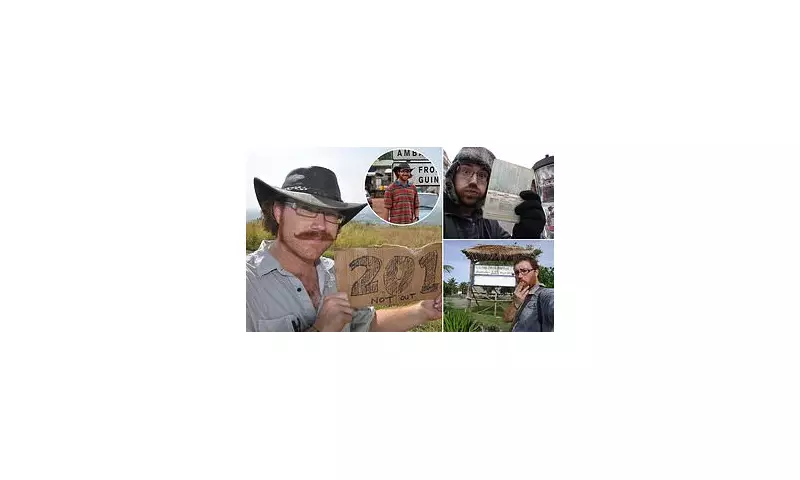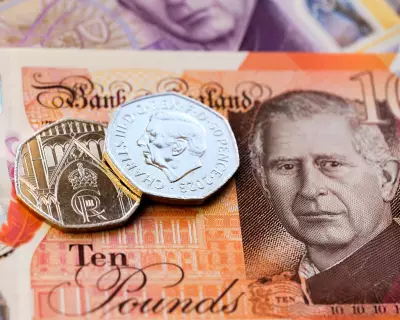
In an era of cheap flights and carbon-heavy travel, one adventurer has redefined the art of exploration by achieving the near-impossible: visiting all 201 countries entirely by land and sea. This monumental journey, spanning 1,458 days across four continents, stands as a testament to the viability of slow, sustainable travel.
The Ultimate No-Fly Challenge
Torbjorn Pedersen, a Danish traveller, embarked on a mission that would test his endurance, patience, and resourcefulness. His goal wasn't just to tick countries off a list, but to connect with each nation through its intricate network of buses, trains, cargo ships, and ferries. The result? A breathtakingly authentic experience of our planet, far removed from the sterile airport lounges and cramped aeroplane cabins.
Navigating The World's Transport Networks
The logistical hurdles were staggering. From navigating war-torn regions to arranging complex visa applications on the move, Pedersen's journey was a masterclass in travel planning. He relied on a patchwork of global transport, including:
- Long-haul cargo ships: The modern-day equivalent of merchant sailing, crossing oceans for weeks at a time.
- Infamous train journeys: Travelling on some of the world's most legendary rail routes.
- Local buses and minivans: The true lifeblood of overland travel in developing nations.
- Ferries and river boats: Connecting islands and continents where bridges don't exist.
The Real Cost of An Epic Adventure
While the experience was priceless, the financial cost was a fraction of what one might expect. By embracing slow travel and local living, the entire multi-year expedition cost less than many round-the-world plane tickets. This challenges the very notion that global exploration is reserved for the wealthy.
A Blueprint For The Future of Travel?
As the travel industry grapples with its environmental impact, Pedersen's journey offers a compelling alternative. It proves that with careful planning and a spirit of adventure, it's possible to see the world without leaving a massive carbon footprint. This isn't just a travel story; it's a potential roadmap for a more conscious and connected form of tourism.
His adventure reminds us that the journey itself – the people you meet, the landscapes you watch change gradually, the slow rhythm of life on the road – is often far more rewarding than the destination.





